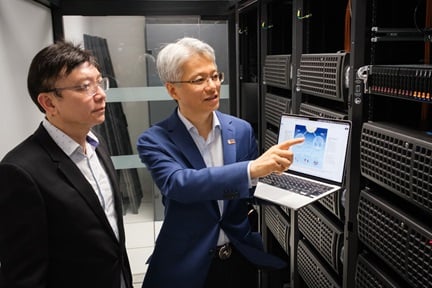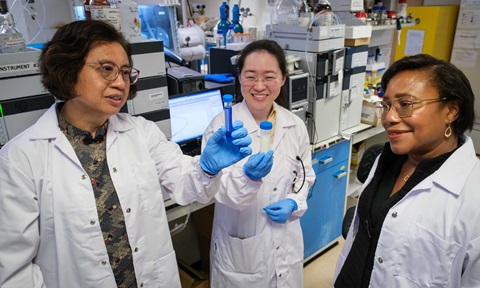New way for alternative materials to let computers access information quickly

Image: Research fellow Dr Wang Naizhou (left) and Assoc Prof Gao Weibo from Nanyang Technological University, Singapore with the cryogenic superconducting magnet used to conduct their experiments on antiferromagnets. Dr Wang is the first author of the research paper and Assoc Prof Gao led the team of scientists on the research.
Scientists led by NTU Singapore investigators have made a significant advance in developing alternative materials for the high-speed memory chips that let computers access information quickly and that bypass the limitations of existing materials.
They found a straightforward way that allows them to make sense of previously hard-to-read data stored in these alternative materials, known as antiferromagnets. This is done by figuring out what states the materials are configured in. In the past, there were no practical methods to do this.
The results from their experiments, led by Associate Professor Gao Weibo from NTU’s School of Physical and Mathematical Sciences, were published online in the scientific journal Nature in June 2023.
Researchers consider antiferromagnets to be attractive materials to make chips for computer memory, or random-access memory (RAM), because they are potentially more energy efficient than traditional ones made of silicon.
Antiferromagnetic chips are also expected to store and change data more quickly than chips made from certain magnetic materials, which is useful for resource-intensive computing tasks.


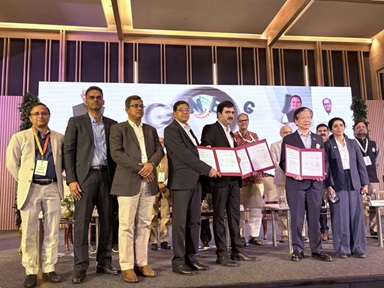
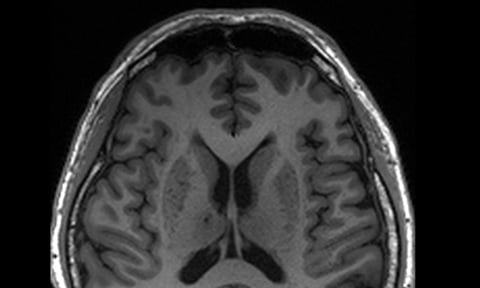
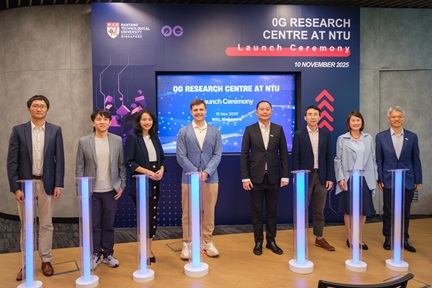
.tmb-listing.jpg?Culture=en&sfvrsn=cfde9c58_1)
